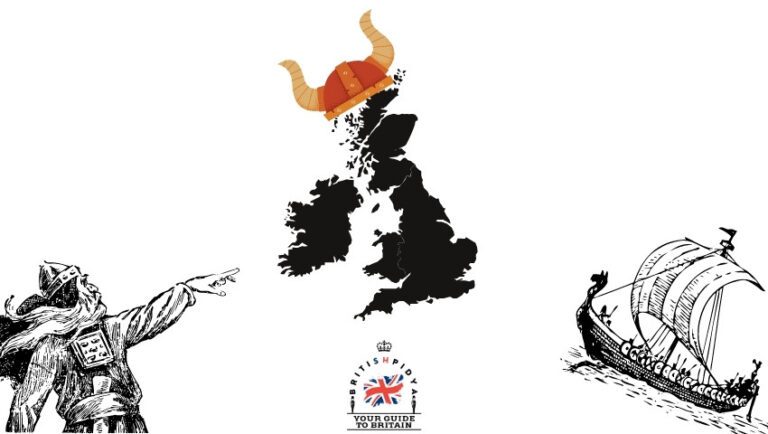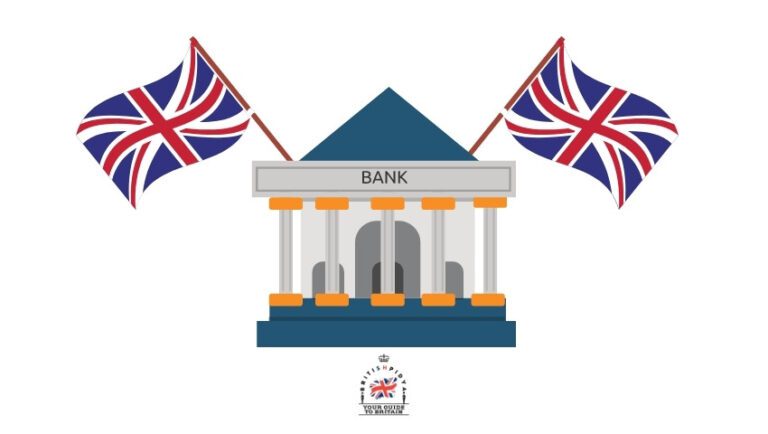Inheritance Tax in UK : Calculator | Rates | Estate | Tax reliefs and more 2023
Uncover the mystery of Inheritance Tax in UK for 2023! Access your Calculator, learn about Rates, Estate, Tax Reliefs and more. Navigate the tax jungle with ease!
So, let’s get started with exploring the ins and outs of Inheritance Tax in the UK, and how it could impact you and your family.

1. What is Inheritance Tax in UK?
Inheritance Tax (IHT) in the United Kingdom is a tax levied on the estate of a deceased person, comprising their property, possessions, and money. A few key points to consider include:
– The standard IHT rate is 40% on the part of the estate above the tax-free threshold, currently at £325,000.
– There is generally no IHT to pay if the value of your estate is below this threshold, or if you leave everything above the threshold to your spouse, civil partner, or an exempt beneficiary (such as a charity or community amateur sports club).
– An additional Residence nil rate band (RNRB) can increase the tax-free threshold when leaving a home to children or grandchildren, with the potential for couples to transfer unused thresholds from one spouse to the other.
– Only 1 in 20 estates in the UK are subject to IHT, but it is essential to take it into account when making a will.
Understanding the various aspects of Inheritance Tax in the UK ensures that the proper measures can be taken to minimize its impact on beneficiaries and proactively plan for the future.

2. Understanding the nil rate band threshold
Understanding the nil rate band threshold is essential for estate planning and potentially reducing the Inheritance Tax (IHT) liability on an estate. The nil rate band (NRB) refers to the value of an estate that is exempt from IHT, currently set at £325,000 for the tax year 2023/24. Here’s what you need to know:
– The NRB is applicable to every individual estate.
– Assets within the NRB are free from IHT, while any portion of the estate exceeding the NRB is typically subject to a 40% tax rate.
– The NRB considers the value of gifts made within seven years before the individual’s death.
– In addition to the standard NRB, a ‘residence nil rate band’ (RNRB) might be available, providing further IHT relief for property passed down to direct descendants.
In summary, the nil rate band threshold is a critical aspect of estate planning that can significantly impact the overall Inheritance Tax liability on an individual’s estate. Understanding the NRB and RNRB will help in better planning and potentially reduce the tax burden on loved ones.

3. Exemptions: when Inheritance Tax in the UK is not owed
Inheritance Tax (IHT) is not owed in certain situations and can be exempted. Some of the exemptions that lead to no IHT being payable include:
– If the estate’s value, including gifts made within seven years prior to death, is below the nil rate band (NRB) of £325,000.
– When assets are passed on to a surviving spouse or civil partner domiciled or deemed domiciled in the UK.
– If the entire estate above the £325,000 threshold is left to a spouse, civil partner, charity, or community amateur sports club.
– Under specific circumstances, the residence nil rate band (RNRB) exemption can be applied if the deceased leaves their residence or its sale proceeds to their direct descendants.
It is essential to familiarize yourself with these exemptions to understand when IHT may not be owed and to potentially reduce the tax burden on your estate.






